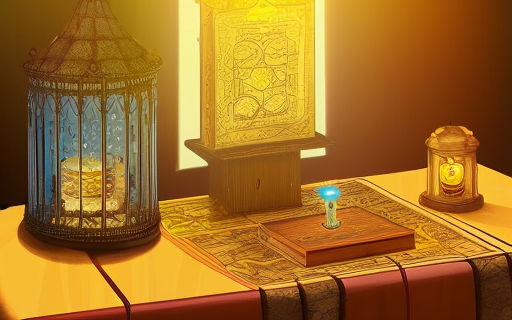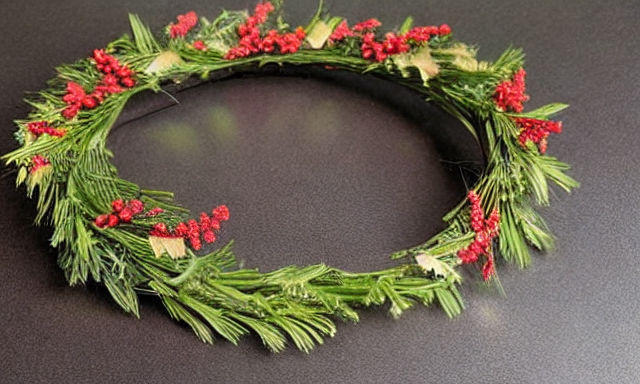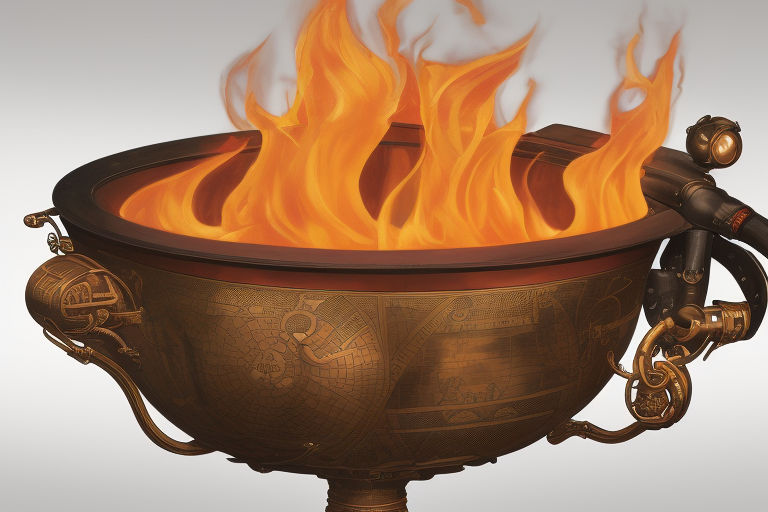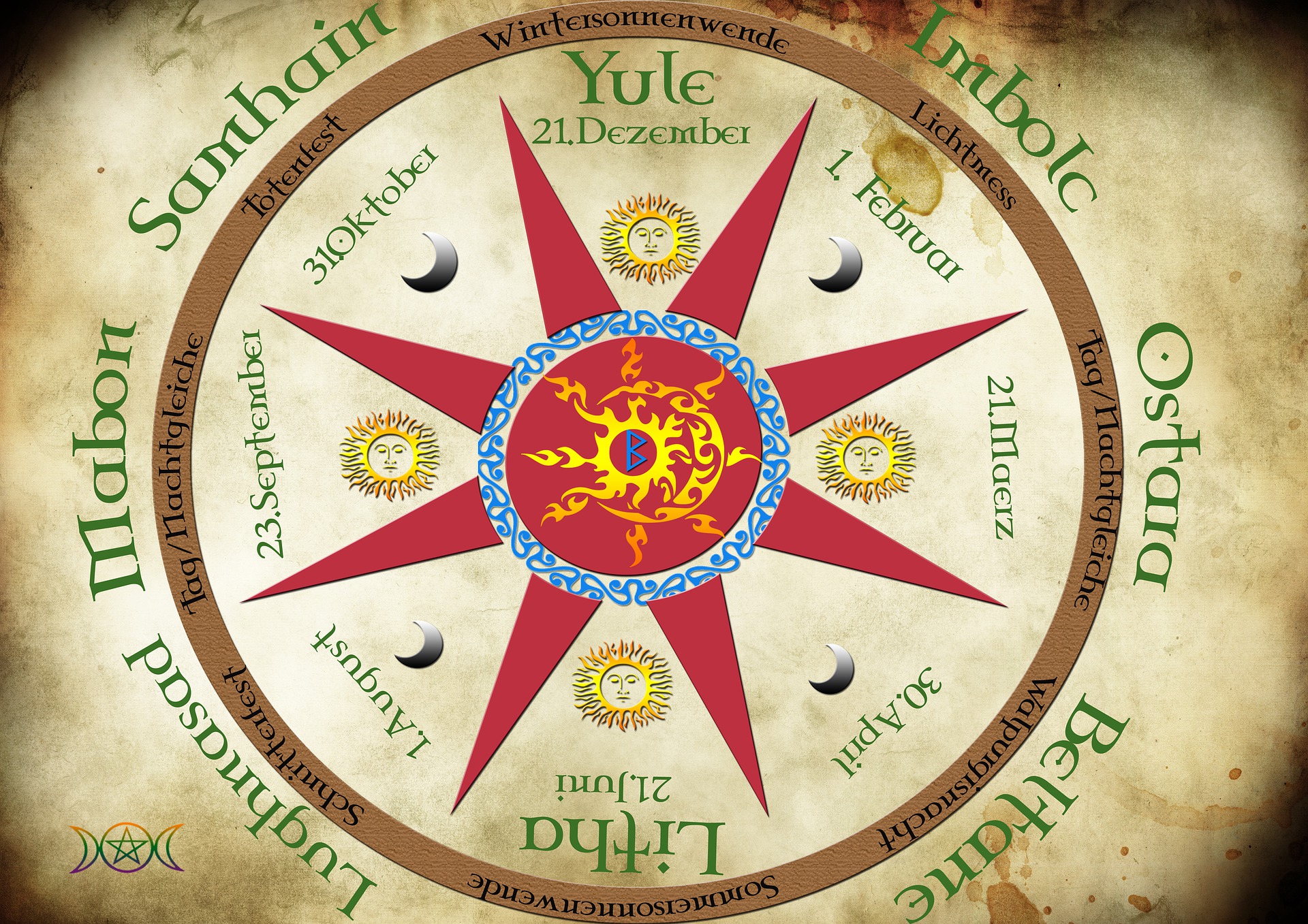What is The Meaning of Mabon
Mabon is a harvest festival and a time for reflection. It is a time to set intentions and let go of past baggage. It is a time for gratitude. Here are some ways to celebrate this harvest festival. The symbolism of apples is common, and there are many ways to eat them during Mabon.

Mabon is a time for reflection
Mabon is an important time to reflect on the year’s events, whether they are positive or negative. This Jewish holiday is also a time to release the excess baggage of the year and set personal goals for the coming year. There are many ways to celebrate this holiday, from lighting a candle at bedtime to enumerating blessings. Regardless of how you choose to celebrate it, you should be sure to make it a relaxing time for you.
Mabon is also a good time to do some home cleaning. Many people spend more time at home during the fall and winter months, and cleaning up can help make the home feel more relaxing and calm. Additionally, you can start a gratitude journal, which will brighten your spirits and send a positive message to the universe.
For many people, Mabon is the perfect time to start planning a festive autumn celebration. There is something about autumn and the changing seasons that makes this a great time for reflection. Whether you choose to follow the Celtic calendar, or are more modern, you’ll be able to find a ritual that suits your lifestyle.
As the harvest season winds down, Mabon is the perfect time to give thanks and take stock of your life. Whether you want to make a big purchase or simply plan a holiday menu, Mabon is a great time to reflect and give thanks. You can even plan a celebration in honor of the equinox.
A popular symbol during the Mabon festival is the cornucopia, a symbol of abundant harvest. It symbolizes both male and female fertility. The apple is another popular symbol and represents regeneration. It also signifies health, wholeness, beauty, and long life. The fruit is often sliced in half, revealing a pentagram.
In Celtic traditions, Mabon is a time for reflection and gratitude. It is also a time to remember the harvest of the past year, and to give thanks to Mother Earth. It is the second harvest festival of the year and the second of the harvest seasons. Traditional slaughter of animals is also done during the equinox to ensure there will be enough food for the winter.
It is a harvest festival
Mabon is a pagan harvest festival that celebrates the Autumn Equinox in September. It is an important time of year to give thanks for what you have harvested and to reflect on the balance in your life. This is a good time to have a family meal, share a few apples, and write down the things you are grateful for. This is also a good time to make new goals or let go of old ones.
Early agricultural societies understood the value of community and neighborliness. They often welcomed neighbors and helped one another when they were in need. They also celebrated the harvest by making bread, wine, and beer from the grain they had harvested. In addition, they brought down the cattle from their summer pastures for the winter.
Home decorations for Mabon are usually based on the festival’s symbolisms. The festival is associated with certain color themes, especially orange and yellow. Generally, this time of year is the time when harvest symbols such as apples, corn, and grains are in season. Plant elements, such as grapevines, are also common.
Mabon is an ancient harvest festival that falls on the Autumn Equinox. It is a time when people reflect on the cycles of life. The seasons change from summer to winter, and people bury dolls of grain, which are said to bring good luck in the fields. Interestingly, this festival is one of two harvest festivals in the Wiccan calendar, along with Samhain.
Mabon is a harvest festival that celebrates the autumnal equinox, which is a time of balance, equality, and harmony. Many pagans celebrate this time by giving thanks to Mother Earth and praying to the gods for blessings in the coming year. They may even offer honey mead as a form of offering.
In Celtic folklore, Mabon is linked to the Welsh god Mabon, who was the son of the Earth Mother Goddess and god of light. The festival is also associated with Herne the Hunter, and is traditionally associated with the start of the deer hunting season. Several other cultures also celebrate harvest festivals around the fall equinox, including Oktoberfest in Germany and the Mid-Autumn Festival in China. Many modern pagans celebrate Mabon with pagan pride and host a pagan pride day. As part of the festivities, organizers often hold a food drive.
It is a time to set intentions
As the wheel of the year comes to a close, Mabon is a time to reflect and set intentions for the year ahead. This is a good time to look back on the past year, as well as your own life, and make plans for the next year. This is the end of the harvest season, and autumn days are warm and inviting. The nights, however, can feel cold and dark, which is a time for contemplation.
If you have not yet done so, Mabon is the perfect time to clean your home and clear away clutter. You will spend more time at home during the fall and winter months, so clearing away clutter will help you relax and feel more contented. You can also start a gratitude journal, which will improve your mood and send a positive message to the universe.
You can even celebrate Mabon with your family. If it falls during the week, consider making a simple meal and decorating the table with candles and fresh flowers. During the meal, share what you’re grateful for during the year and what you hope to accomplish in the coming year. This is a great time to let go of any baggage that you might have been carrying and set new intentions for the future.
Mabon is a pagan festival that celebrates the fall harvest. It originated among the ancient Celts who lived in the Northwest and Britain before the Roman invasion. These ancient people celebrated the cycle of the Earth and created eight festivals to celebrate it. One of the oldest rituals involving the Celtics was called the Autumnal Equinox.
It is a time to release baggage
As we move towards the end of the wheel of the year, it is important to think about letting go of baggage and creating space for a fresh start. In this spirit, Mabon is the ideal time to reflect on the past year and life, and to plan for the next. Mabon is also the time to celebrate the harvest and the beginning of autumn. The warm days of summer will soon give way to cool evenings, bringing a sense of peace and renewal.
As we prepare to welcome in the new season, we can add harvest fruits and vegetables to our altars. We can also use the scents of sage and a mixture of gold, orange, red, bronze, and rust. We can also use crystals in dark colors, which bring good vibrations to the altar. Candles in orange and yellow color are also symbolic of happiness and security.
The mid-harvest festival of Mabon is also a time for releasing our emotional baggage. It celebrates the abundance of the year and the strength of the community. It is a time to give thanks for the bounty of the harvest and to give thanks for the sacrifices we have made to ensure our survival. While the festival is both joyful and somber, the meaning of the festival lies in its connection to the concept of death, the inevitable cycle of life and the necessity of letting go of baggage.
Mabon is a time to honor the earth and thank the gods for the past year. It is also a time to prepare ourselves for the winter months. With the arrival of cooler weather, darker nights, and longer days, our bodies and spirits need to prepare for the cold and darker months ahead. We can do this by being generous with our gratitude and bounty.







